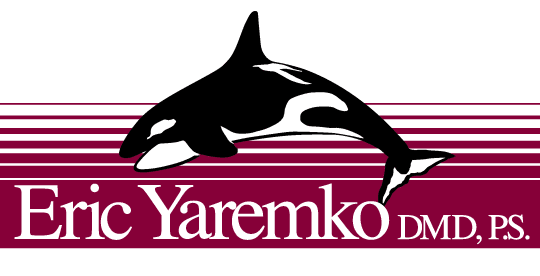What Are Inlays and Onlays?
Like a crown, an inlay or onlay is a custom-made fitting that we secure to the damaged tooth; however, unlike a crown, it only covers a small portion of the affected tooth.
There are times when the damage done to a tooth by decay is too extensive to be treated with a simple filling, yet not significant enough to need a full-coverage crown. In these cases, the best option for restoring the tooth may be an onlay. An onlay helps to reinforce the tooth and help protect it from breakage.
Both inlays and onlays are considered “indirect” fillings, meaning that they are fabricated outside the mouth (usually by a dental laboratory) and then bonded to the tooth by the dentist. This is in contrast to a “direct” filling, which is applied directly to the cavity by the dentist in one office visit.
An indirect filling is considered an “inlay” when it fits within the little points or “cusps” of a back (premolar or molar) tooth. It is an “onlay” if it covers one or more of these cusps.
An inlay is a filling made out of cast gold or reinforced ceramic. The primary advantage of a gold inlay is proven, long-lasting longevity. The advantage of a ceramic inlay is stain-resistance and our expectation that it will outlast composites.
